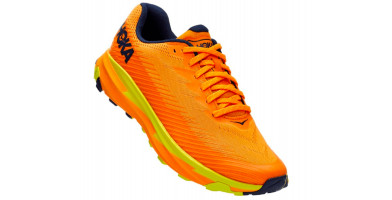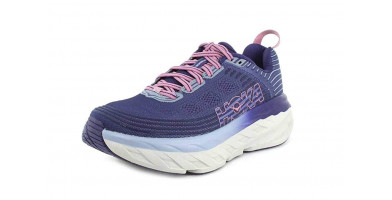HOKA ONE ONE Arahi 4 Review
Editor’s Conclusion
Many Hoka fans flock to the Clifton without giving some of their more versatile stability trainers a shot, myself included. However, what I found when giving the HOKA Arahi 4 a shot is that it provides you with a lot of the same comfort and stability features found in the Clifton, with a little something more. What I love most about the Arahi 4 is that it supports your foot and helps with overpronation without weighing your foot down with heavy materials.
The late-stage Meta-Rocker guides your foot into a nice and even gait cycle and offers a lot more support on the inside of your foot when you start to fatigue. This shoe is surprisingly lightweight for a mid-cushioned stability shoe and gives you a little more energy feedback than some of the other stability trainers in the Hoka lineup. I recommend this shoe for overpronators, long-distance runners, or those that are on their feet all day and need a good deal of support.
Below, I wanted to get into all of those little details that make the Hoka One One Arahi 4 worth checking out.
The late-stage Meta-Rocker guides your foot into a nice and even gait cycle and offers a lot more support on the inside of your foot when you start to fatigue. This shoe is surprisingly lightweight for a mid-cushioned stability shoe and gives you a little more energy feedback than some of the other stability trainers in the Hoka lineup. I recommend this shoe for overpronators, long-distance runners, or those that are on their feet all day and need a good deal of support.
Below, I wanted to get into all of those little details that make the Hoka One One Arahi 4 worth checking out.
HOKA ONE ONE Arahi 4 Review Review Facts
Editor's Pros & Cons
Pros
The J-frame outsole is great for overpronators
Late-stage Meta-Rocker midsole
Low profile and breathable upper
Wide toe box
Great for long distances
Cons
Narrow fit in the midfoot
Not as soft and squishy as other Hoka trainers
Limited traction on slippery sidewalks
Key Features
Key Features
MIDSOLE
Sometimes when a shoe utilizes too much cushioning, you lose a little bit of speed and control. While other shoes in the Hoka lineup that dial up the squishy cushioning to an 11, the Arahi 4 reins it in a bit. It still provides you with excellent cushioning that will absorb the impact when running on hard surfaces.
What I loved most about the EVA foam in this trainer is that the firm EVA cushioning along the heel and arch support gives my foot a little bit more energy return. I found that even as my feet started to lose that perfect form as I started to fatigue, this midsole worked to hold that perfect form with stiffer midsole foam in those key areas.
The stiffer midsole of this design makes it an overall more versatile shoe. While it’s great for long distances, it is one of the few Hoka stability shoes that allow runners to pick up the pace without losing that bouncy contact with the sidewalk.
OUTSOLE
One of the things that make the Arahi 4 unit is the build of the outsole. It has a few key features that make this shoe really shine. The most notable feature on the outsole of this trainer is the addition of the J-frame build in the rubber. If you look at the treads in this shoe, you will notice that it has a slightly J-curve built into the rubber. This slight curve is designed with overpronators in mind. As you shift your weight to the inside of your foot. This J-curve is designed to help shift your weight back to the outside of your foot when you are placing too much weight near your arches.
The entire outsole is composed of lightweight rubber, which helps cut down on the overall weight and bulk of this shoe. It has a lighter rubber towards the outside of the shoe, and a denser concentration of rubber near the arches. It’s very important to note that if you supinate (place most of your weight on the outside of your foot) the build of this outsole will only make your supination worse).
UPPER
The midsole and the outsole have the heart of a stability trainer, while the upper has the soul of a neutral runner. One of the biggest changes made to the Arahi 4 when comparing it to previous iterations of this shoe is the construction of the lightweight and breezy upper. It ditches hot and unbreathable synthetic overlays and replaces them with a stretchy knit. Also, compared to most trainers in the Hoka lineup, this design has an overall lower profile that runs lower on the ankle to give you a wider range of motion.
For a stability trainer, the lightweight and stretchy materials lose a little bit of that upper stability that is designed to lock your feet in place. Some runners found that their feet swam around a bit inside of this shoe, especially if they didn’t really tighten the laces. However, this looser knit upper boosts breathability and reduces the chances of hot spots or irritation to your feet.
LATE STAGE META-ROCKER
The meta-rocker is exactly as it sounds: is it like a rocking chair for your feet. This sculpted plate helps to ease your foot into a nice and easy gait cycle that helps place the weight of your stride evenly throughout your foot. I was worried that this plate would feel weird and a little awkward, but I barely noticed it at all! It naturally guided my foot for nice and easy runs, which helps to cut down on wear and tear injuries on knees and joints.
Hoka offers two different styles of Met-Rocker plates: early stage and late stage. Early-stage rockers help with pushing off with your toes, which is ideal for speed and snappy movements. The Arahi 4 is a stability shoe, which means that it is built with a late-stage Meta-Rocker. This means that it has more stability toward the rear of the foot, but doesn’t make it ideal for speed.
TRACTION
The outsole of this shoe is designed to be worn on treadmills or sidewalks. The lugs are a little shallow, which makes them a little unstable when running on difficult trailheads. One thing that I noticed about the traction of this shoe is that it lacks that slightly tacky finish that allows you to really grip the sidewalks. If you are running on sidewalks that are even slightly wet, the lack of traction is very noticeable. I find myself slowing my pace down a bit on damp sidewalks to avoid slipping. It’s not a deal-breaker for me, but it is worth mentioning, especially if you live in a rainy climate.
COMFORT
These shoes still boast that classic Hoka cushioning, but it is just dialed back a bit. I found these trainers to be as comfortable on mile 5 as they were on mile one. I also noticed that they kicked into overdrive when my feet started to fatigue. As an overpronator, I find that as I start to fatigue I place even more weight on the inside of my foot. The cut of the J-frame into the outsole and the ample arch support in the midsole constantly pushes your foot to the midline for an even gait that takes the pressure off of your knees and joints.
STYLE
The Arahi 4 boasts that classic blocky style found in most Hoka trainers, but this updated version of the Arahi is a little different. What I love most about this shoe is that it has a lower profile than most designs in the Hoka lineup of trainers. This means that it sits a little bit lower on the ankles, which will give you a full range of motion as well as a modern look. It’s not offered in a wide variety of eye-catching colors, but it does include a few unique color palettes that include blue on yellow and gray with a pop of orange in the accents.
Sometimes when a shoe utilizes too much cushioning, you lose a little bit of speed and control. While other shoes in the Hoka lineup that dial up the squishy cushioning to an 11, the Arahi 4 reins it in a bit. It still provides you with excellent cushioning that will absorb the impact when running on hard surfaces.
What I loved most about the EVA foam in this trainer is that the firm EVA cushioning along the heel and arch support gives my foot a little bit more energy return. I found that even as my feet started to lose that perfect form as I started to fatigue, this midsole worked to hold that perfect form with stiffer midsole foam in those key areas.
The stiffer midsole of this design makes it an overall more versatile shoe. While it’s great for long distances, it is one of the few Hoka stability shoes that allow runners to pick up the pace without losing that bouncy contact with the sidewalk.
OUTSOLE
One of the things that make the Arahi 4 unit is the build of the outsole. It has a few key features that make this shoe really shine. The most notable feature on the outsole of this trainer is the addition of the J-frame build in the rubber. If you look at the treads in this shoe, you will notice that it has a slightly J-curve built into the rubber. This slight curve is designed with overpronators in mind. As you shift your weight to the inside of your foot. This J-curve is designed to help shift your weight back to the outside of your foot when you are placing too much weight near your arches.
The entire outsole is composed of lightweight rubber, which helps cut down on the overall weight and bulk of this shoe. It has a lighter rubber towards the outside of the shoe, and a denser concentration of rubber near the arches. It’s very important to note that if you supinate (place most of your weight on the outside of your foot) the build of this outsole will only make your supination worse).
UPPER
The midsole and the outsole have the heart of a stability trainer, while the upper has the soul of a neutral runner. One of the biggest changes made to the Arahi 4 when comparing it to previous iterations of this shoe is the construction of the lightweight and breezy upper. It ditches hot and unbreathable synthetic overlays and replaces them with a stretchy knit. Also, compared to most trainers in the Hoka lineup, this design has an overall lower profile that runs lower on the ankle to give you a wider range of motion.
For a stability trainer, the lightweight and stretchy materials lose a little bit of that upper stability that is designed to lock your feet in place. Some runners found that their feet swam around a bit inside of this shoe, especially if they didn’t really tighten the laces. However, this looser knit upper boosts breathability and reduces the chances of hot spots or irritation to your feet.
LATE STAGE META-ROCKER
The meta-rocker is exactly as it sounds: is it like a rocking chair for your feet. This sculpted plate helps to ease your foot into a nice and easy gait cycle that helps place the weight of your stride evenly throughout your foot. I was worried that this plate would feel weird and a little awkward, but I barely noticed it at all! It naturally guided my foot for nice and easy runs, which helps to cut down on wear and tear injuries on knees and joints.
Hoka offers two different styles of Met-Rocker plates: early stage and late stage. Early-stage rockers help with pushing off with your toes, which is ideal for speed and snappy movements. The Arahi 4 is a stability shoe, which means that it is built with a late-stage Meta-Rocker. This means that it has more stability toward the rear of the foot, but doesn’t make it ideal for speed.
TRACTION
The outsole of this shoe is designed to be worn on treadmills or sidewalks. The lugs are a little shallow, which makes them a little unstable when running on difficult trailheads. One thing that I noticed about the traction of this shoe is that it lacks that slightly tacky finish that allows you to really grip the sidewalks. If you are running on sidewalks that are even slightly wet, the lack of traction is very noticeable. I find myself slowing my pace down a bit on damp sidewalks to avoid slipping. It’s not a deal-breaker for me, but it is worth mentioning, especially if you live in a rainy climate.
COMFORT
These shoes still boast that classic Hoka cushioning, but it is just dialed back a bit. I found these trainers to be as comfortable on mile 5 as they were on mile one. I also noticed that they kicked into overdrive when my feet started to fatigue. As an overpronator, I find that as I start to fatigue I place even more weight on the inside of my foot. The cut of the J-frame into the outsole and the ample arch support in the midsole constantly pushes your foot to the midline for an even gait that takes the pressure off of your knees and joints.
STYLE
The Arahi 4 boasts that classic blocky style found in most Hoka trainers, but this updated version of the Arahi is a little different. What I love most about this shoe is that it has a lower profile than most designs in the Hoka lineup of trainers. This means that it sits a little bit lower on the ankles, which will give you a full range of motion as well as a modern look. It’s not offered in a wide variety of eye-catching colors, but it does include a few unique color palettes that include blue on yellow and gray with a pop of orange in the accents.
Comparisons to Previous Versions
Comparisons to Previous Versions
The basic specs of this shoe remain fairly unchanged between older and newer versions of the Arahi 4. All previous iterations still include the late-stage Meta-Rocker, durable EVA foam in the midsole, includes the J-frame outsole, and even weighs about the same. So, what is it about the Arahi 4 that is worth the slightly higher price tag?
One of the biggest changes made to the Arahi 4 is the construction of the upper. Not only does this upper affect the overall breathability of this shoe, but it also helps with performance. The Arahi 3 has a higher-cut heel that felt a little stiff and unforgiving. The Arahi 4 drops the bulky heel and replaces it with a lower-cut heel cup that offers up a bit more stability. The construction of the upper also provides an overall smoother ride, runs a bit faster, and is a lot more breathable.
One of the biggest changes made to the Arahi 4 is the construction of the upper. Not only does this upper affect the overall breathability of this shoe, but it also helps with performance. The Arahi 3 has a higher-cut heel that felt a little stiff and unforgiving. The Arahi 4 drops the bulky heel and replaces it with a lower-cut heel cup that offers up a bit more stability. The construction of the upper also provides an overall smoother ride, runs a bit faster, and is a lot more breathable.
Verdict
Verdict
It was a hard sell to get me to move from my tried and tested Cliftons over to the Arahi camp. As an overpronator, I was interested in the changes to the design of the outsole that is targeted to people like me: runners that overpronate. The J-frame design to the outsole gently pushed my feet into an even gait cycle, but it doesn’t do it aggressively. Sometimes, when shoes work to correct overpronation, it feels like it is cocking your feet at an uncomfortable angle. I never felt that when wearing the Arahi 4.
While it is a little lacking in the overall cushioning that Hoka is known for, I feel that the slightly stiffer midsole was an added bonus. I still felt that my feet were cradled in a soft and squishy midsole, but the slightly stiffer materials provided excellent energy return that meant I could run for longer distances without feeling shockwaves of pain in my knees and lower back. If you are looking for a great shoe to help tame your overpronation, the Arahi 4 from Hoka is one of your best choices!
While it is a little lacking in the overall cushioning that Hoka is known for, I feel that the slightly stiffer midsole was an added bonus. I still felt that my feet were cradled in a soft and squishy midsole, but the slightly stiffer materials provided excellent energy return that meant I could run for longer distances without feeling shockwaves of pain in my knees and lower back. If you are looking for a great shoe to help tame your overpronation, the Arahi 4 from Hoka is one of your best choices!
×


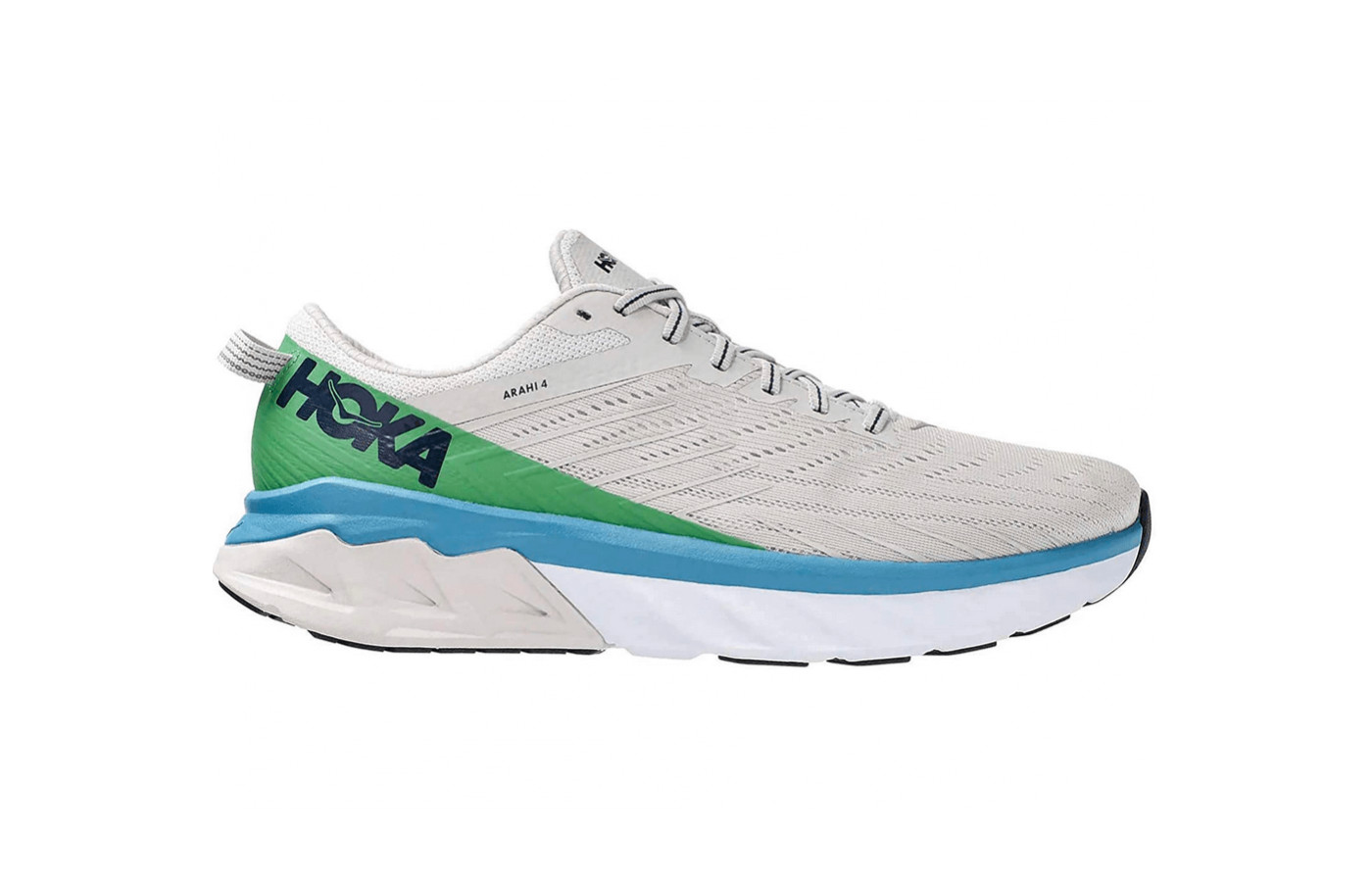
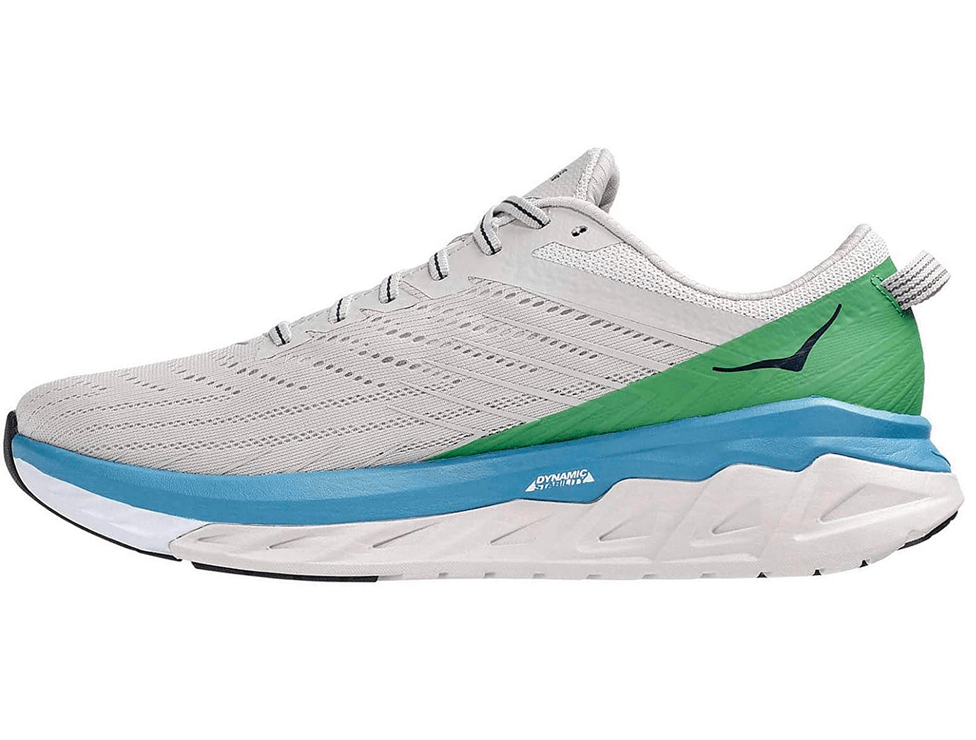
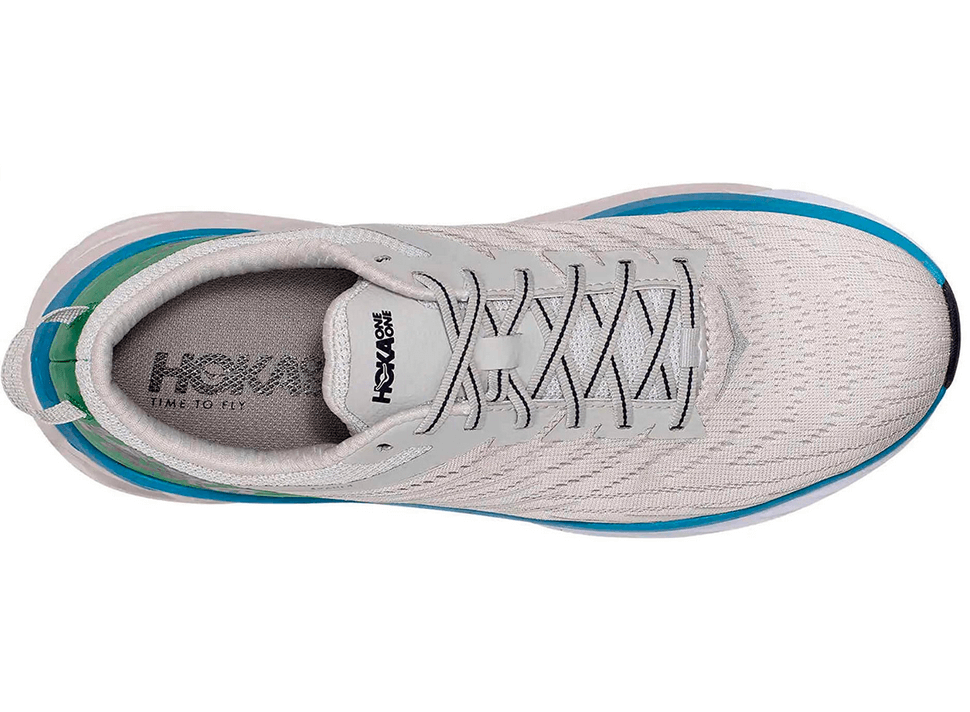
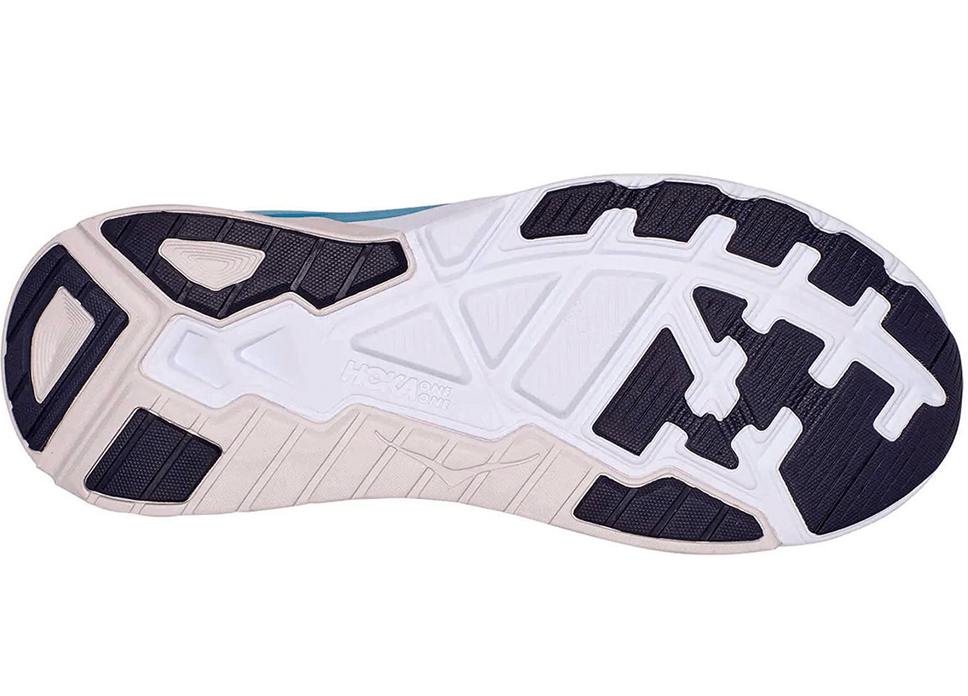
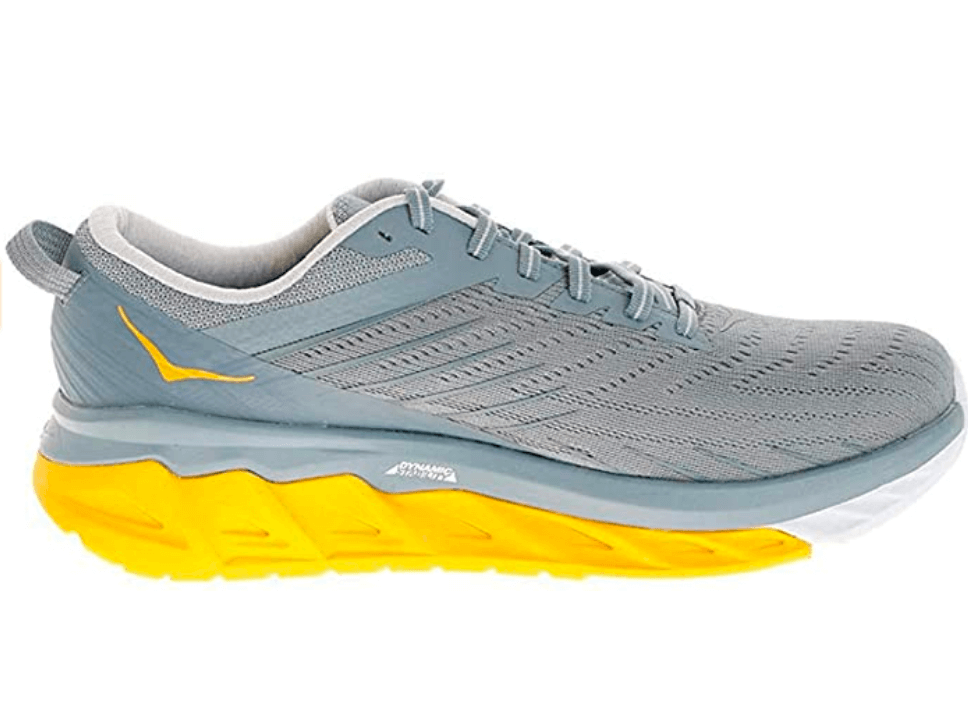
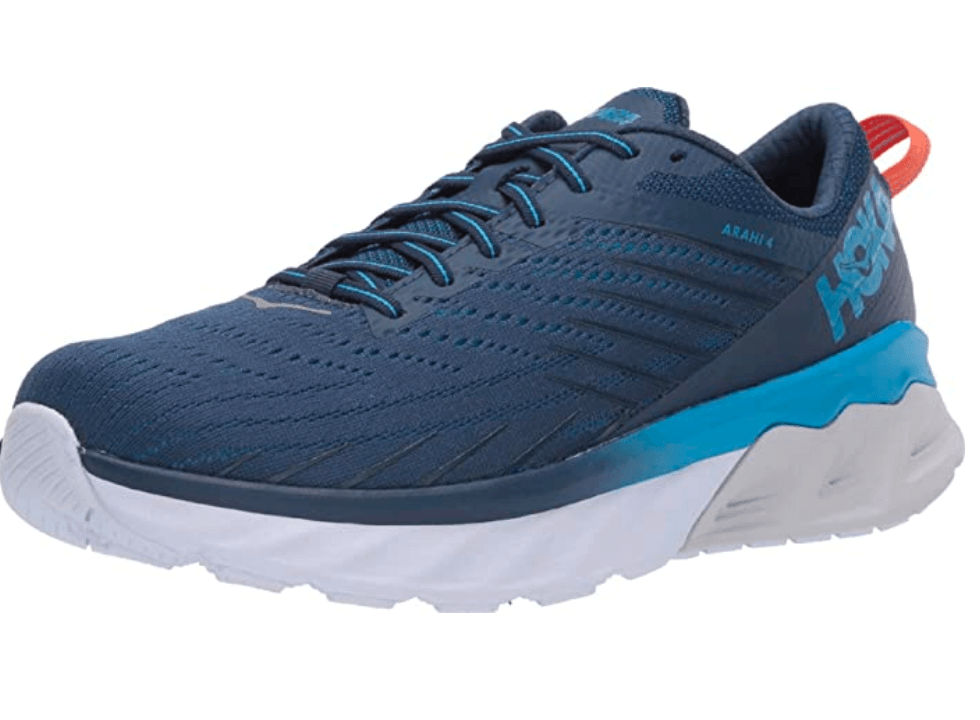
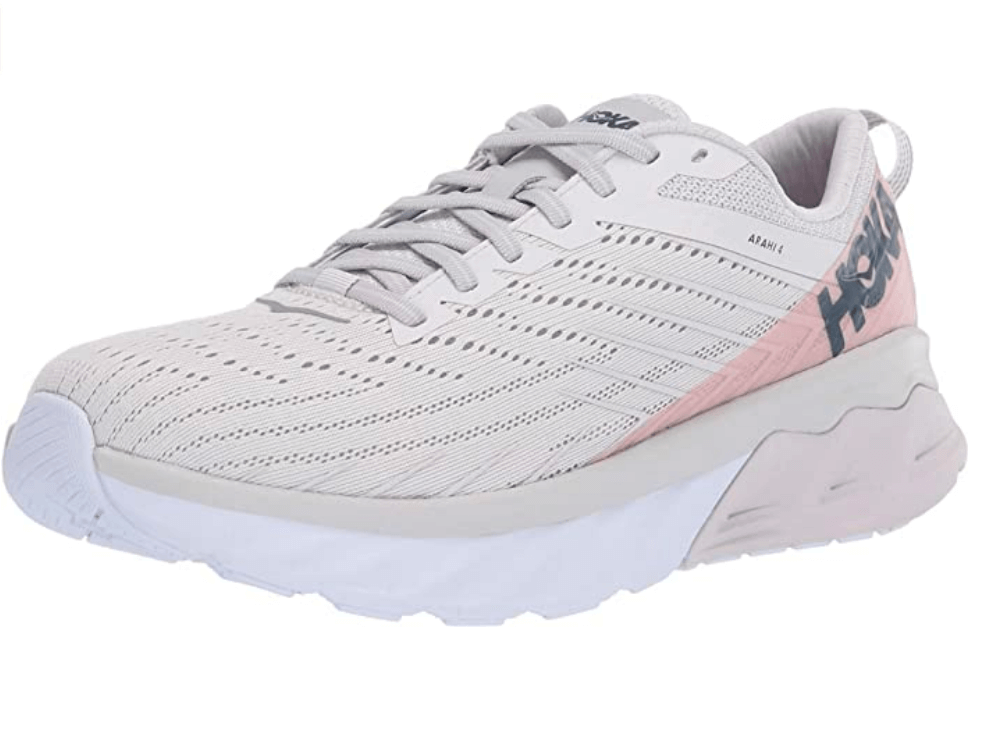
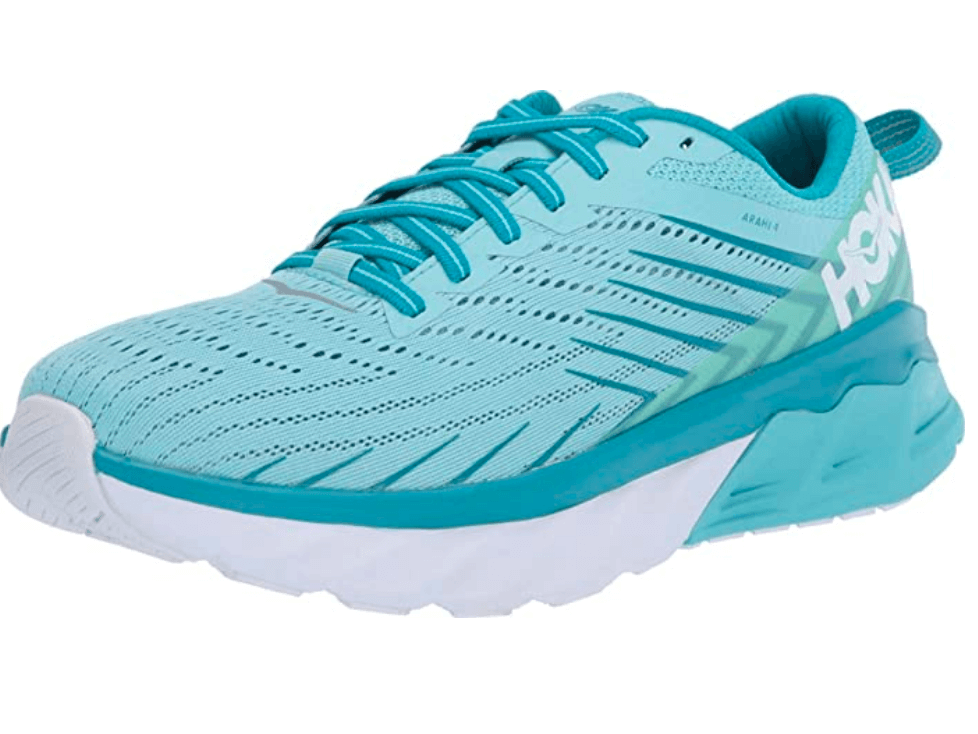











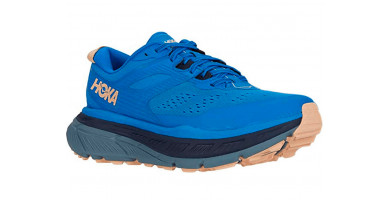
 2591
2591